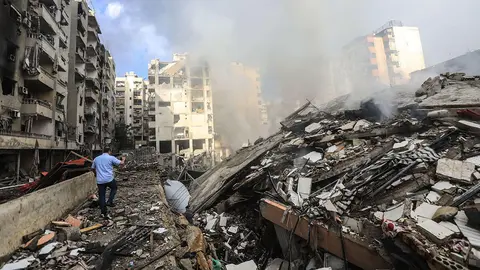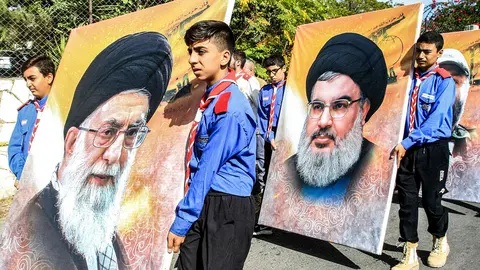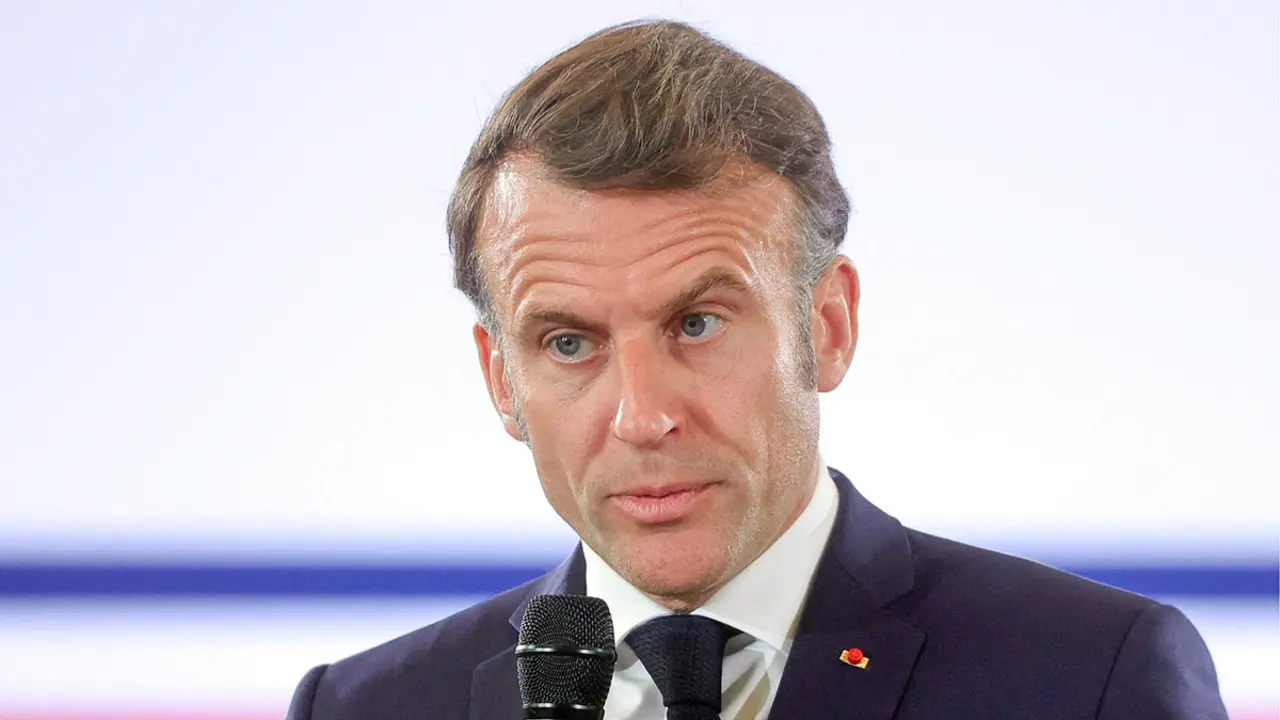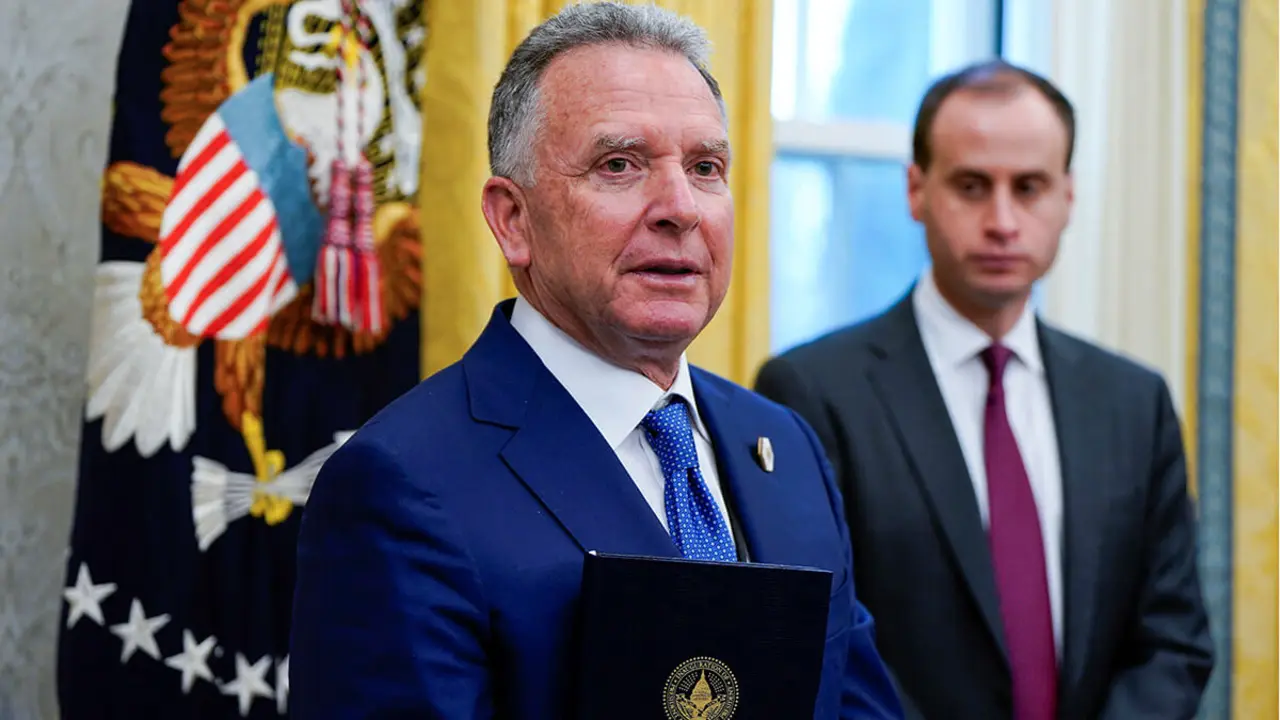Europe braces for a possible wave of refugees due to war in the Middle East

The ongoing war in Lebanon is expected to trigger a wave of refugees to Europe. The country of cedars, with a population of 5.2 million people, has been suffering from a severe economic, social and political crisis for years. Internal challenges, many of them provoked by Hezbollah, also include a high number of refugees, mostly Syrians who fled their country after the war that began in 2011.
The Lebanese Shiite militia, the cause of this war, began firing missiles into northern Israel on 8 October last year in support of Hamas in the Gaza Strip. After almost a year of attacks, Israel decided to respond by attacking Hezbollah targets, such as weapons depots and infrastructure used by the terrorist group.
In addition to air strikes, Israel has launched a ‘limited’ ground operation in southern Lebanon with the aim of destroying Hizbollah infrastructure in the border area, especially in villages adjacent to Israel, allowing the safe return of citizens from the north who have been forced to evacuate.
In addition to the thousands of Israelis who have had to flee their homes because of Hezbollah attacks, the war has also caused a large number of displaced persons in Lebanon, people who were already refugees before this new conflict began.
UNHCR spokesman Matthew Saltmarsh noted that Lebanon is ‘experiencing difficult economic conditions’, indicating that it is already hosting more than 1.5 million refugees, ‘many of whom may face the risk of being displaced again, constituting a new crisis’.
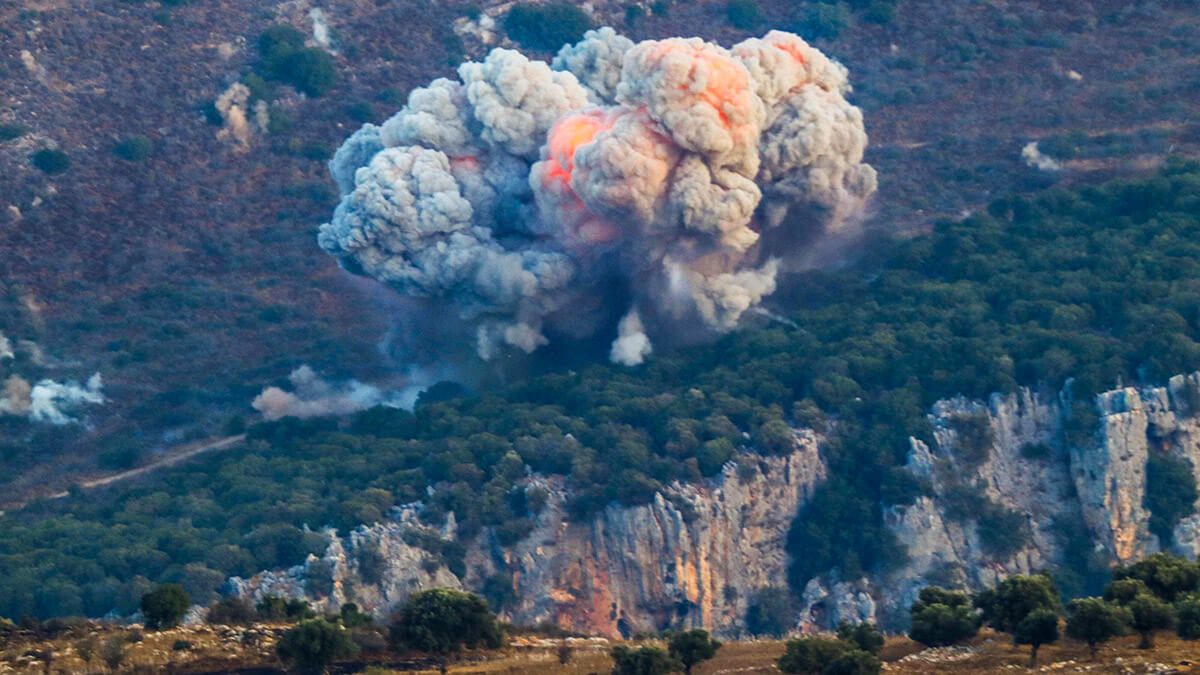
Because of this situation, a new wave of refugees is expected, similar to the one that emerged from Lebanon during the July 2006 war with Israel, when thousands of Lebanese fled to Syria and Europe.
However, the current situation in Lebanon is worse than then, especially after the coronavirus pandemic and the Beirut port explosion in 2020.
Within this scenario, Syrian refugees in Lebanon are the group causing most concern, as they face two options: return to Syria, which is unlikely, especially for those opposed to the regime, or migrate by sea to European countries.

The International Centre for Migration Policy Development believes that developments in the Middle East, especially in Lebanon, will have a major impact on regional migration prospects in 2024.
For the time being, and as a result of rising tensions in Lebanon and its difficult economic conditions, the number of irregular migrants to Cyprus, the closest European territory to Lebanon, has already increased significantly.
During the first three months of 2024, the island recorded the arrival of 2,000 irregular migrants across the Mediterranean, compared to only 78 migrants during the same period in 2023.

Other European countries are preparing for a similar scenario. Indeed, in his first statements after the formation of the French government, the new Minister of the Interior and Immigration, Bruno Retailleau, has already announced that he had adopted a tough action plan on the issue of refugees and irregular migrants.
‘My objective is to put an end to illegal immigration and increase deportations, especially of irregular immigrants, because no illegal immigrant should remain in France’, the new minister told Le Figaro.
In the same vein, the Dutch Minister of Immigration, Marjolein Faber, announced on 18 September that her country had submitted a request to the European Commission to withdraw from European asylum rules. These rules oblige all member states to follow a unified policy on the reception of refugees.

Germany has also begun to impose temporary controls at all of the country's land borders, in order to ‘try to deal with irregular migration and protect its citizens from terrorist threats’. The German government said the measures ‘include random inspections and monitoring at all its borders with its neighbours’.
As for the UK, Prime Minister Keir Starmer has travelled to Rome to address the issue based on Giorgia Meloni's Italian model.
The Italian government has managed to reduce the number of irregular migrants by 60% compared to 2023, according to Prime Minister Meloni. Italy holds asylum seekers arriving across the Mediterranean in detention centres in Albania while their conditions are assessed, while improving border security in North African countries such as Tunisia and Libya by providing more assistance.

